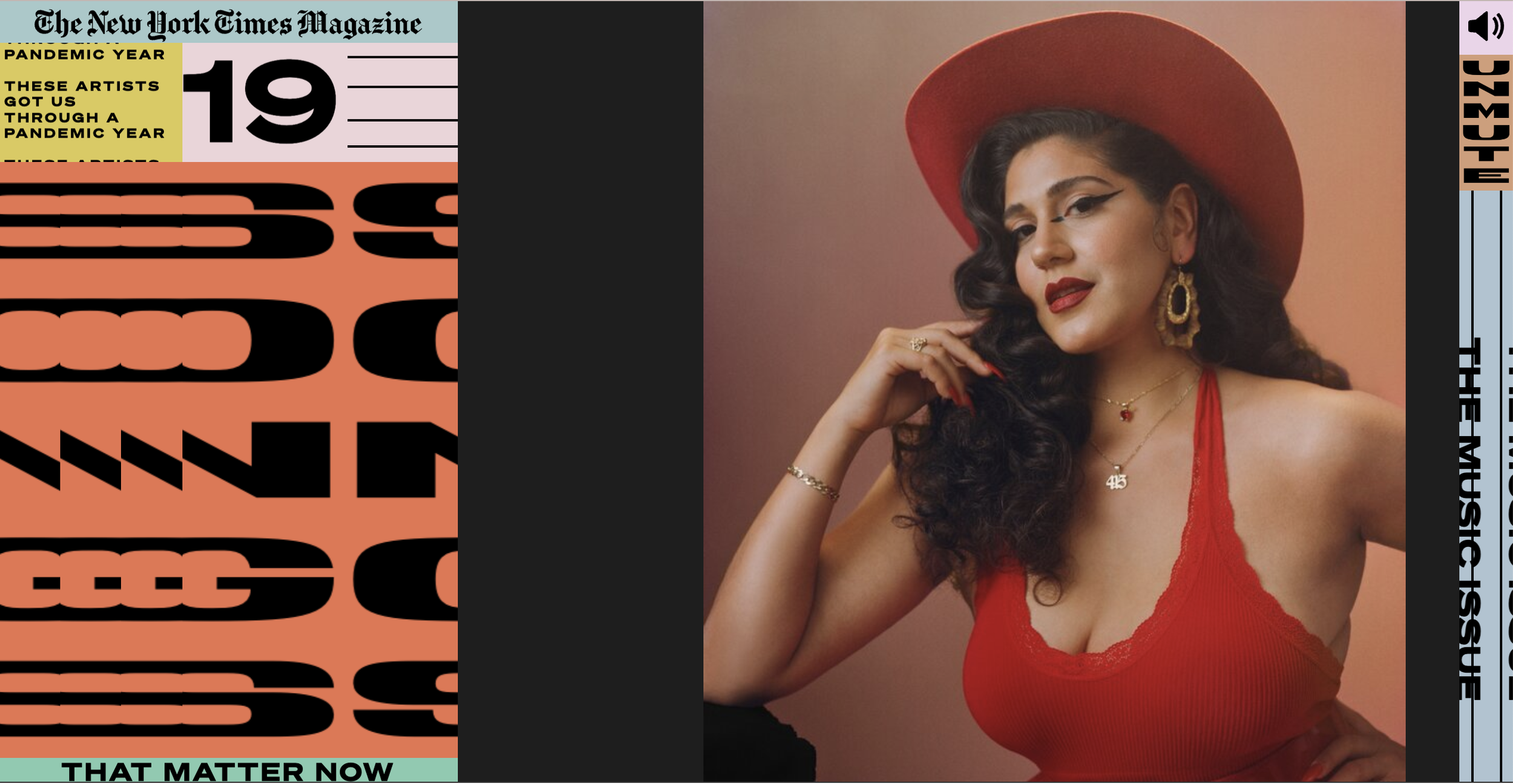The video for “Quién Me La Paga” begins with Cecilia Peña-Govea testing the broth from a simmering pot of pinto beans, careful not to smudge her dark lipstick. We’re in her childhood home in Bernal Heights, San Francisco, where the floral carpet forgives festive spills and her father and sister crowd the couch on accordions. We follow her fluent swerve between stove and living-room dance floor as the first scratch of the güira sets the rhythm — cumbia! — then, when the chorus hits, the distinctive dembow of reggaeton, a decidedly millennial mash-up. This is the lifelong party that incubated her versatile, confident musicianship as the artist known as La Doña. Not long after, off-camera, the whole scene came to life again to celebrate her father’s retirement from 35 years in the city’s Department of Public Works — service sustained always by a parallel practice of virtuosic play.
No one knew it would be the last time they’d gather like that — passing spliffs, breathing in each other’s humid music — for a year and counting. The lost, forbidden pleasures are all immortalized onscreen. But even before the pandemic, her community of working musicians, public-school teachers, graffiti writers and activists was in crisis. Privatization, accelerated by the tech industry, had left the city’s social safety net in tatters and pushed generations of Black and Latinx residents to the outskirts, where many worked three jobs to maintain a toehold. “Quién Me La Paga” alchemized the pressure of those conditions, La Doña’s voice ringing with lucid power: “La vida, sí amor, me cuesta.” Life — yes, my love — costs me. It’s expensive. It takes its toll.
Read the full article on NY Times

